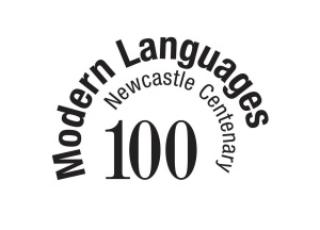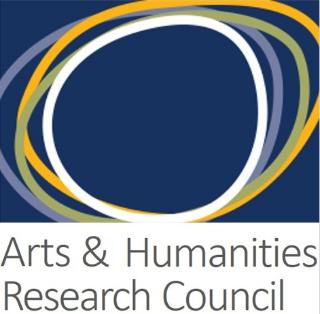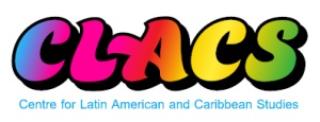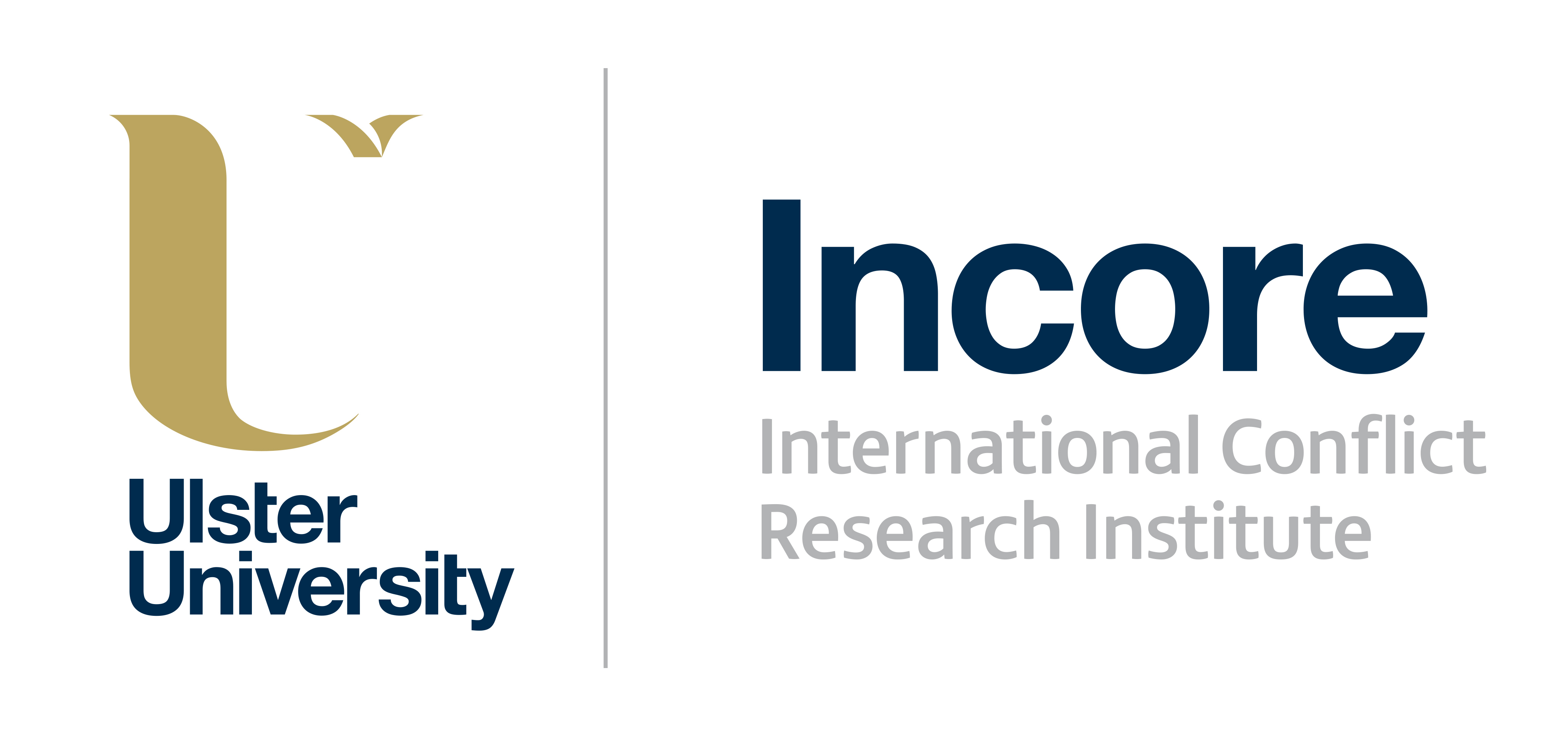About
Screening Violence
Screening Violence
Screening Violence is an innovative engagement with communities in Algeria, Argentina, Colombia, Indonesia and Northern Ireland that have experienced prolonged and entrenched violence of different kinds: from guerrilla warfare, to state sponsored persecution of particular groups, to mass murder, to sectarian conflict.
It aims to achieve a new understanding of how social imaginaries shape civil conflicts and transitions to peace. This project recognises visual culture as a key imaginary space where meaning is made about conflict and violence. We therefore use the medium of film to engage with communities that have experienced violence.
Fieldwork research will involve screening films from “other” civil conflicts to volunteer participants from each of the target countries (hence for example films from Latin America to Indonesian audiences). Researchers will interview and film participants from a variety of communities in each country. The goal is to go beyond the so-called “flat-pack peace” with its universalising assumptions, and to engage with local experiences and perceptions of conflict and its aftermath.
Objectives
1. Understanding how social imaginaries shape internal conflicts and transitions to peace. The overarching research question driving this project is how social imaginaries shape civil conflicts and, in so doing, how and to what extent they influence the possibilities for reconciliation and the transition to peace. Our aim is to foster a better understanding of how each of these communities imagines conflict and reconciliation, beyond the universalising rhetoric which often characterises approaches to peace building.
2. Comparative analysis of the local imaginaries of conflict and transition to peace at a transnational level (5 sites across the globe). Examined in isolation, it would be difficult to put a case forward as to the importance of local specificities in the imaginaries of conflict and transition to peace. We aim to carry out 5 case studies comparatively, placing specific conflicts in dialogue by means of an audience reception study of films representing conflict from the other regions in this study. We suggest that the commonalities and differences between conflicts will emerge more clearly through comparison of these local imaginaries than by comparing conflicts by reference to a set of standard metrics. The participatory spirit of co- produced knowledge through focus groups will enable us to elucidate the commonalities, differences, tropes and myths that are used to imagine and represent conflict across a variety of sites.
3. Provide assistance to all participants involved in the study, articulation, implementation and experience of processes of transition to peace. This proposal is motivated by a perceived limitation in existing approaches to the study and implementation of post-conflict transition. We aim to provide a set of qualitative indices that will be available and useful to community groups, victim associations, NGOs, policymakers and researchers alike, opening up the possibility of perceiving the multiple nature of civil conflict by exploring local conflicts in their own terms.
4. Produce audiovisual materials that will encourage continued reflection on the imaginaries of post-conflict beyond the scope and duration of this project. The audio-visual outputs will be vital in understanding concepts of the imaginary through the act of creation. Along with providing documentation of the research activities, they will be creative practice-as-research outputs that critically engage with the project and illustrate approaches to the imaginary. This combination of theory and practice will provide opportunities for students at the collaborating institutions to gain experience in documenting events and apprenticing professional practitioners. Screenings of the completed outputs will make our findings accessible to the public and create further spaces in which dialogue may open up and continue.
5. Underline the importance of the imaginary and affect in understanding contemporary political processes. Given the pressing need to understand local contexts of violence and transition, we argue that the imaginary is the key to navigating the ways communities produce and reproduce conflict and reconciliation. In broader terms, we aim to underline the importance of the imaginary and affect across academic disciplines to better understand contemporary social and political processes.
6. Make important contributions and innovations in the area of reception studies. Film reception theory understands spectatorship as a situated response. As a method of research, it provides a space for participatory and co-produced knowledge. It also enables both researchers and participants to explore and better understand the role that film plays in the representation and reproduction of different conflicts. We aim to innovate in the methods applied to reception studies, taking into account the new media landscape available as a platform for recording audience reaction. This will, in turn, enable contributions to reception theory.
Proyecciones de la violencia
Proyecciones de la violencia
Screening Violence propone un compromiso innovador con comunidades en Argelia, Argentina, Colombia, Indonesia e Irlanda del Norte que han experimentado violencia prolongada de diferentes tipos: desde la guerra de guerrillas hasta la persecución patrocinada por el estado de grupos particulares, asesinatos en masa y conflictos sectarios.
Su objetivo es lograr una nueva comprensión sobre cómo los imaginarios sociales dan forma a los conflictos civiles y las transiciones a la paz. Este proyecto reconoce la cultura visual como un espacio imaginario privilegiado en el cual los conflictos y la violencia cobran sentido. Por lo tanto, utilizamos el cine, y sus representaciones de los conflictos en cuestión, como herramienta para así relacionarnos con las comunidades en cada región.
La investigación de campo consiste en proyectar películas de "otros" conflictos civiles con participantes voluntarios de cada uno de los países involucrados (por ejemplo, se proyecta un documental colombiano que trata un aspecto del conflicto en ese país con grupos de Indonesia). Los investigadores entrevistarán y filmarán participantes provenientes de una variedad de comunidades en cada país.
El objetivo es ir más allá del así llamado modelo de paz internacional "talle único", basado en ciertas conjeturas universalizadora para comprometerse con las experiencias y percepciones locales de los conflictos y sus consecuencias.
Objetivos
1. Comprender cómo los imaginarios sociales dan forma a los conflictos internos y las transiciones a la paz. La pregunta de investigación global que inspira este proyecto es ¿cómo los imaginarios sociales dan forma a los conflictos civiles? Y, al hacerlo, ¿cómo y en qué medida influyen en las posibilidades de reconciliación y la transición a la paz? Nuestro objetivo es fomentar una mejor comprensión de cómo cada una de estas comunidades imagina el conflicto y la reconciliación, más allá de la retórica universalizadora que a menudo caracteriza las aproximaciones desde el ámbito internacional a la construcción de la paz.
2. Análisis comparativo de los imaginarios locales del conflicto y la transición a la paz al nivel transnacional (en 5 países en el mundo). Examinados de manera aislada, resulta difícil dar cuenta de la importancia de las especificidades locales de los imaginarios de conflicto. Por eso, nuestro objetivo es llevar a cabo 5 estudios de caso de forma comparativa, que ponen cada conflicto en diálogo con los otros por medio de un estudio de recepción de películas que representan los conflictos de las otras regiones. Sugerimos que tanto los puntos en común como las diferencias entre los conflictos surgirán de manera más clara a través de la comparación de estos imaginarios locales que en referencia a un conjunto de métricas estándar. El espíritu participativo del conocimiento coproducido a través de grupos de estudio nos permitirá dilucidar las similitudes, diferencias, tropos y mitos que se utilizan para imaginar y representar conflictos en una variedad de sitios.
3. Brindar herramientas a todos los participantes involucrados en el estudio para la articulación, implementación y vivencia de los procesos de transición a la paz. Este proyecto responde a las serias limitaciones en los enfoques existentes en el estudio de los procesos de transición del conflicto. Nuestro objetivo es proporcionar un conjunto de índices cualitativos que estén disponibles y sean útiles para grupos comuniTARIOS, asociaciones de víctimas, ONGs, responsables de la formulación de políticas e investigadores. Busca ampliar la percepción de las múltiples facetas del conflicto civil mediante la exploración de los conflictos locales en sus propios términos.
4. Producir material audiovisual que fomente la reflexión sobre los imaginarios del posconflicto más allá del alcance geográfico y la duración de este proyecto. Las producciones audiovisuales serán fundamentales para comprender nuestra conceptualización del imaginario mediante el proceso de creación. Junto con la documentación de las actividades de investigación, este proyecto produce expresiones creativas que unen la práctica con lo teórico, involucrándose de manera crítica con la investigación e ilustrando las distintas aproximaciones al imaginario. Esta combinación de teoría y práctica proporcionará oportunidades para que los estudiantes de las instituciones colaboradoras adquieran experiencia en la documentación de eventos y en la práctica profesional del cine. Las proyecciones de los documentales resultantes permitirán que nuestros resultados sean accesibles al público, creando nuevos espacios para continuar el diálogo.
5. Subrayar la importancia del imaginario y los afectos en la comprensión de los procesos políticos contemporáneos. Dada la necesidad apremiante de comprender los contextos locales de la violencia y la transición, argumentamos que la noción del imaginario es clave para entender las formas en las que las comunidades producen y reproducen el conflicto y la reconciliación. En términos amplios, buscamos subrayar la importancia del imaginario y los afectos en las disciplinas académicas para comprender mejor los procesos sociales y políticos contemporáneos.
6. Contribuir e innovar en el ámbito de los estudios de la recepción. La teoría de la recepción del cine entiende el acto de mirar como una respuesta situada. Como método de investigación, proporciona un espacio para fomentar el conocimiento participativo y co-producido. También permite que tanto investigadores como participantes exploren y comprendan el papel que juega el cine en la representación y reproducción de diferentes conflictos. En este marco, buscamos innovar en los métodos aplicados a los estudios de recepción, teniendo en cuenta el panorama de nuevos medios disponibles como plataforma para registrar la respuesta de los espectadores. Esto, a su vez, permitirá nuevas contribuciones a la teoría de la recepción.
Projections de la violence
Projections de la violence
Screening Violence propose un projet de recherche innovateur en travaillant avec des participants qui ont vécu la violence et le conflit civil (sous formes diverses) dans 5 pays, à savoir: l’Algérie, l’Argentine, la Colombie, l’Indonésie, et l’Irlande du Nord.
Notre but est de comprendre comment les imaginaires sociaux contribuent à des conflits internes et à des transitions vers la paix. Nous cherchons une meilleure compréhension des moyens par lesquels chacune de ces sociétés imagine le conflit et la réconciliation. Dans ce but, nous proposons une analyse comparative et transnationale des imaginaires autour du conflit dans les 5 pays.
Nous allons mettre ces conflits ‘en dialogue’ les uns avec les autres, en montrant à des spectateurs dans chaque pays des films sur le thématique du conflit tournés dans les 4 autres pays. Notre démarche comprend également la co-production du savoir, puisque nous allons—par moyen d’interviews filmés—découvrir les images et les mythes, les ressemblances et les différences, dans la représentation du conflit par les spectateurs dans les pays dont il est question.
Screening Violence sera un engagement avec des sociétés qui ont connu les violence et les divisions du conflit civil, et qui ont lutté afin de reconnaître les souffrances et les injustices du passé, avec des récits divers au sujet de la culpabilité, la responsabilité, et la justice. Nous croyons qu’aux recherches sur les formes et les origines de ces violences devrait s’ajouter de la recherche sur les imaginaires par lesquels la violence se produit et se reproduit dans l’esprit des individus et des communautés. L’expérience de la violence dépend dans une grande mesure des histoires qui se construisent afin de lui donner un sens, et qui contribuent à élaborer l’identité sociale.
Nous espérons que les documents filmés sur le terrain avec spectateurs et participants vont encourager la réflexion sur les imaginaires du conflit et de la paix au-delà de l’étendue et la durée du projet lui-même.
Layar Lebar, Layar Kekerasaan
Layar Lebar, Layar Kekerasaan
Layar lebar, layar kekerasaan adalah keterlibatan yang inovatif dengan komunitas di Aljazair, Argentina, Indonesia, Kolumbia, dan Irlandia Utara yang telah mengalami kekerasaan yang berkepanjgangan dan mengakar dari berbagai jenis: dari perang gerilya, hingga penganiyaan yang disponsori negara atas kelompok kelompok tertentu, hingga pembunuhan massal, dan konflik sektarian.
Ini bertujuan untuk mencapai pemahaman baru tentang bagaimana imajinari sosial membentuk konflik sipil dan transisi menuju perdamaian. Proyek ini mengakui budaya visual sebagai ruang imajiner yang penting dimana makna dibuat tentang konflik dan kekerasaan. Karena ini, kami menggunakan media film untuk terlibat dengan komunitas yang mengalami kekerasaan.
Penelitian lapangan akan melibatkan pemutaraan film dari konflik sipil di tempat yang lain untuk menjadi sukarelawan peserta dari masing- masing negara target (misalnya, film-film dari Amerika Latin ke penonton Indonesia). Para peneliti akan mewawancarai dan memfilmkan peserta dari berbagai komunitas di masing-masing negara. Tujuannya adalah untuk melampaui apa yang disebut ‘perdamaian paket-datar’ dengan asumsi universal, dan melibatkan pengalaman dan persepsi lokal tentang konflik dan akibatnya.











